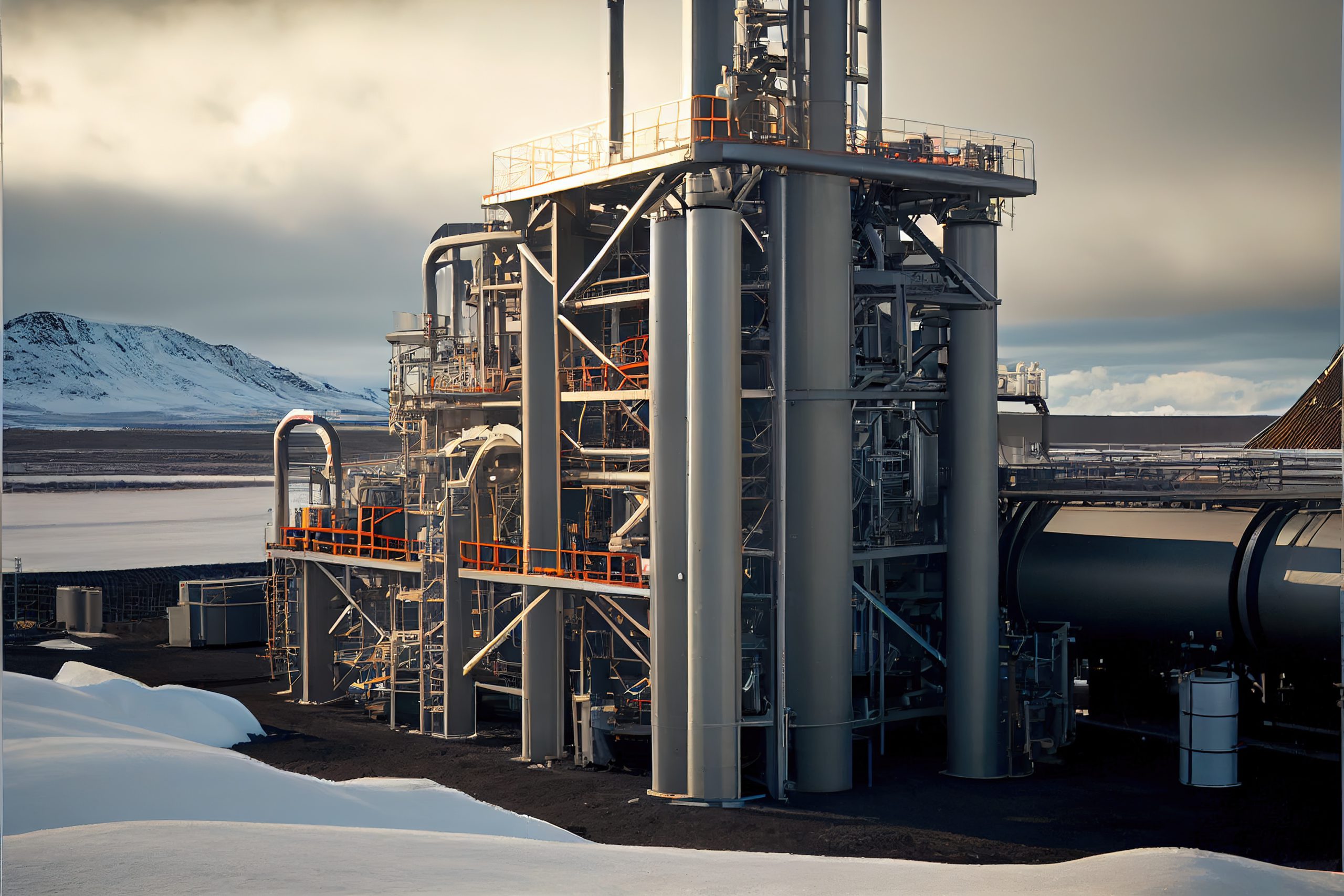Circular Recovery
Changing from Waste to Resources
By viewing ‘waste’ as surplus resources we can develop strategies to reuse by-products and materials elsewhere in business operations, often resulting in reduced expense, and increased mitigation of supply chain risks. Many business optimise shared data systems and reverse logistics to operate closed-loop material flows and take-back schemes. By focusing on those material flows with the highest embedded emissons, Circular Recovery strategies are a great first step on the path to a lower carbon future.

WOOL
Reducing Carbon through Re-Use
For centuries, the wool industry has pioneered and integrated a circular approach, with industrial-scale mechanical recycling of garments tracing its roots back to the early 19th Century. In today’s practice, the recycling and reuse of wool textiles relies on the recovery of items via routes such as clothing banks, or municipal waste collection. The recycling of wool fibre bypasses the traditional spinning and weaving processes and is used to make a variety of nonwoven fabrics for industrial products such as internal mattress components and automotive insulation because of the acoustic and flame resistant properties of the fibre. Studies have shown processes that avoid the sole use of virgin fibres, such as extended use and textile reuse, can be effective at reducing overall environmental impacts. When looking across the wool value chain there are several hot spots at which innovation in processes could result in more efficient resource use and cost savings, these include embedding technology, such as radio frequency identification or trace markers, to ease sorting and connecting supply and demand for used wool.
Click here to read the Wool Innovation Action Plan.
Listen to what the experts say regarding Wool and its potential as a circular product.
ALUMINIUM
Working together for systems change
Despite the encouraging recycling rates for aluminium in the UK, there are still areas for improvement to further reduce environmental impact. For example, minimising losses of aluminium throughout the use cycle, including that of consumers on the go. With around 68% of beverage cans being recovered, around 31% of end-of-life aluminium from cans still goes to waste. . Adopting smarter design principles and technology to make traceability and disassembly more cost efficient could increase rates. However, the recovery of high-quality aluminium is dependent upon smarter recovery processes.
The opportunity exists for efficient dismantling, improved sorting techniques to decrease the mixing of alloys, digitisation to track materials and direct them into refurbishment, re-melting, and recycling which would further close the loop. An important factor to enable such new systems is collaboration between entities in the value chain for the trading of components, materials and assets to support a holistic and inclusive transformation.
Click here to read the Innovation Action Plan for Aluminium in a Circular Economy.


CHEMICALS
Connecting challenges with solutions
As we look toward building global resilience and UK competitiveness, we are actively working to identify ways of enabling manufacturing supply chains that operate with the minimal negative impact on our environment. A recently published Innovate UK Business Connect Catalysis Innovation and Net Zero study highlights that utilisation of captured carbon, coupled with renewable energy, low carbon hydrogen and Power-2-X technologies, present a significant opportunity to manufacture chemicals in the UK with a lower carbon footprint. The drive to move towards more sustainable chemicals – for example, Unilever’s commitment to replacing fossil-derived carbon with renewable or recycled carbon by 2030 – further emphasises the need for further work in this area.
Innovation to utilise industrial waste gases offer potential as feedstocks in the manufacturing of higher value chemicals, but this needs to be developed with a systems approach considering real world process conditions from individual unit operation design through to complete processes. It will require new collaborations to be formed along the value chain to develop and establish the technical and commercially viable routes from feedstock through to final product.
Click here to read the Action Plan for Transforming Industrial Waste Gases (CO/CO2) to Chemicals.
Join the Circular Economy Innovation Network
If you would like to take part in the discussion and be kept updated of our activities, join our Community.


